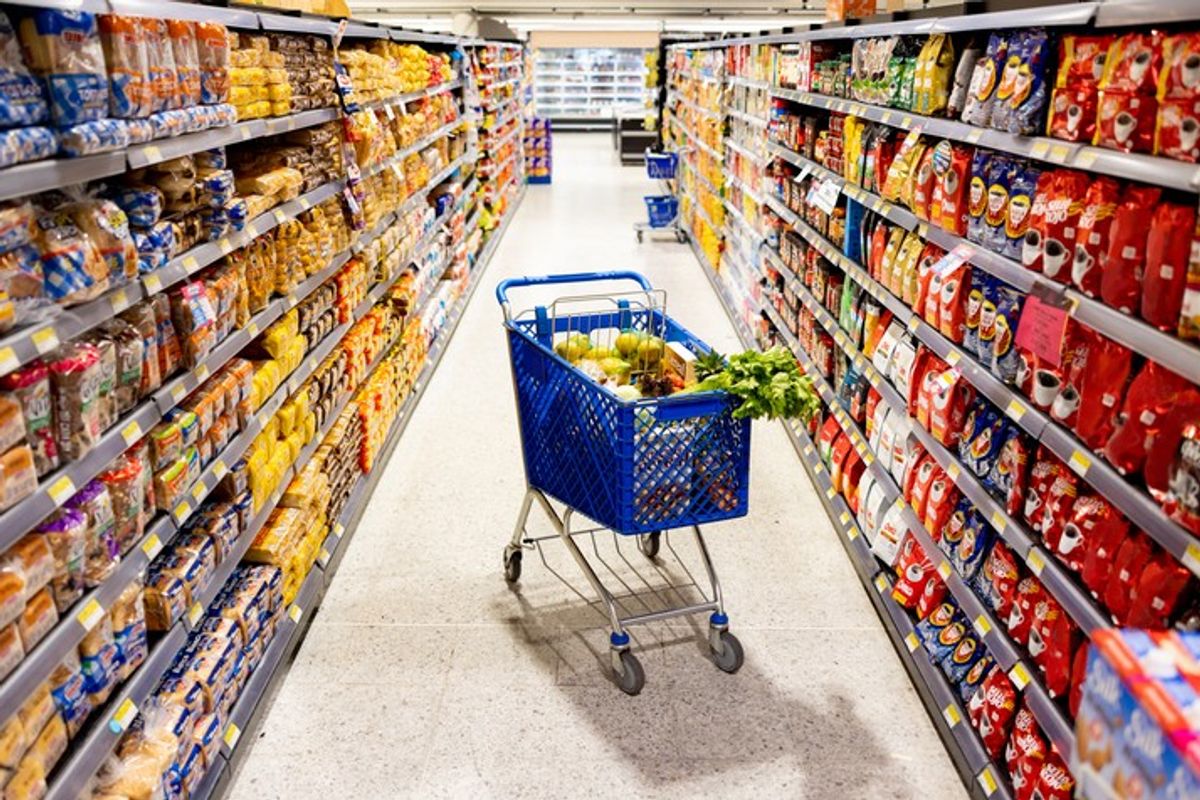Red Bull and Monster Energy have contributed the greatest amount of unit growth in the independent convenience channel in 2024, shows a TWC report released today (18), highlighting many other key trends that shaped the independent convenience channel last year.
Value sales were down -6 per cent through 2024 majorly owing to drop in sales of tobacco products though value growth was seen in confectionery, soft drinks and food-to-go, states the report.
Alcohol sales under-performed at Christmas while branded products outperformed own-label sales in the convenience channel.
The source data comes from TWC’s ‘SmartView Convenience’ (SVC) market read, which is already recognised as the most reflective read for independent convenience stores, despite launching just 18 months ago.
SVC is a market read for the independent convenience sector, comprising EPOS sales data from a sample of 5,000 stores reflective of the market structure including both unaffiliated independents and wholesaler-supplier symbol fascias, including Booker’s Premier and Londis; Bestway’s Best One and Costcutter; Nisa; and the Unitas fascias.
Data is extrapolated to represent the entire GB independent market (excluding Spar) of around 30,000 stores and is also geographically representative.
After reviewing SVC data representing over ten billion purchases through 2024, TWC was able to share key trends with over one hundred industry executives (wholesalers and suppliers) via a webinar last week.
The key trends are:
- Value sales were down -6 per cent through 2024 (52 w/e 29.12.24) but this was driven by declines in tobacco / tobacco alternatives and commission – when these departments are removed, sales fell -2 per cent across the sector.
- Three categories were in value growth in the sector – confectionery, soft drinks and food-to-go.
- Average spend per unit has only increased by 1 per cent in 2024.
- Alcohol sales under-performed at Christmas (versus the performance over the rest of the year), reflecting the deep promotions offered by other operators (e.g. retail multiples) during December; as well as changing consumer habits and the fact that the comparative period in 2023 included two less trading days on the run up to New Year’s Eve (4 w/e 29.12.23).
- Branded products outperformed own-label sales in the sector.
- The leading suppliers are winning share. In eight key convenience categories, three quarters of the top two suppliers in each category are growing their share of sales in the channel.

TWC Group also revealed the top thirty growth brands in the sector through 2024, which have collectively brought in 104 million additional unit sales in 2024.
Red Bull saw the biggest actual unit sales increase in the year, followed by Monster Energy. These thirty brands contributed 46 per cent of total volume sales growth in the sector in 2024.
TWC has identified six core drivers behind brand growth in the channel:
- High stimulation beverages
- Spicy and sour products
- Treats for kids (especially ‘Gen Alpha’)
- Good value products (e.g. PMPs)
- New product development
- Regionality (e.g. products relevant to specific regions)
Regarding NPD, new products from these 30 brands accounted for 12 per cent of all volume sales in the channel in 2024, states TWC report.
Sarah Coleman, Product Director at TWC Group, says there are still plenty of reasons to be positive in this sector.
“Firstly, the number of convenience stores has grown in the last 12 months, to over 50,000 outlets.
The share of total outlets that are independently owned/run is holding firm, which means the number of indie outlets is in growth (by 1200 year on year), according to the Association of Convenience Stores (ACS).”
Coleman continues: “Consumer research previously conducted by TWC Group revealed many untapped opportunities – for example, 40 per cent of consumers who buy beer, lager or cider do not buy these products from their independent convenience store.
"Similar findings were discovered in other categories too. If suppliers and wholesalers can work together and find solutions to appeal to c-store shoppers, there is still plenty of growth to be had in this important route to market channel, as proven by our top 30 growth brands ranking.”
Suppliers and wholesalers can now access location-specific data as an extension to SmartView Convenience.
Coleman highlights that this is potentially a game changer for the sector – TWC is the only data agency who offers location-specific data for up to 12,500 independent convenience stores) and SmartView Convenience (SVC) market read, allowing subscribers to understand both total market performance and to plan targeted activity in the channel from a single source of data.
Furthermore, TWC is launching a consumer, shopper and retailer research proposition to complement the SVC data.
Coleman points out, “Our SmartView Convenience market read reports what is bought, meanwhile consumer/shopper/retailer research will provide compelling why insights, to understand the motives behind why products are purchased, or not.
"As such, TWC really is becoming the ‘one stop shop’ for data combined with insights – ‘the what and the why’ – and we look forward to extending our services further in 2025.”


